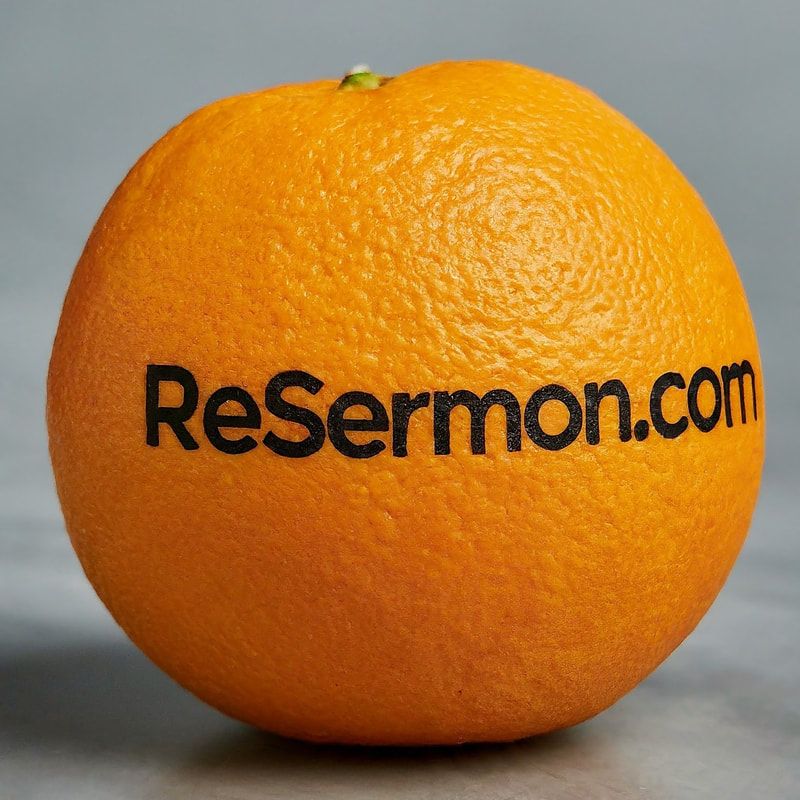|
By Christopher Mann for ReSermon.com In the age of online media, small churches and big churches alike face the same challenge -- producing excellent, engaging sermon content. If you are a small church or church plant and you're producing solid material hosted on a online platform, consider this low-cost strategy for engaging your community.
By Christopher Mann for ReSermon.com After transcription and closed captioning, the next step for effective sermon projection is to repurpose your sermon into blog posts.
John and Susan share with Pastor Steve one morning after church that they need counseling. Steve wants to schedule a meeting with them later that week but he wants them to dive into some material he already preached upon this year and last.
Or, he tries to remember, was it in the year before? No matter, because Steve’s sermons are transcribed and published at his church blog. By Christopher Mann for ReSermon.com
“When you're walking through season of adversity, God is at work. No matter what the adversity, God will finish the work.” A Beautiful Promise: Part 3 by Pastor Ron Williams Pathway Community Church, Fort Wayne, Ind. Transcribed and closed captioned by ReSermon
The case for leveraging your spoken content into greater, repurposed value in the public square. If you have been teaching long enough, you've heard that line. And, they're probably right; you should write that down, but who has the time?
An average speaker will speaking at around 100-200 words per minute and at the end of an hour, he might utter around 6,000 words. The question becomes, how do you capture that value and leverage it? Should that value be contained to the walls of a worship center, classroom or lecture hall, or could it be repurposed into greater venues like blog entries (typically 300-500 words each), social media posts (15-100 words each), editorial articles (800-1500 words each) or full length books (150,000 words+)? |
Archives
January 2024
Categories
All
By David Fulmer from Pittsburgh (Natural American Sign Language) [CC BY 2.0], via Wikimedia Commons
By Jeff Billings [CC BY-SA 3.0], via Wikimedia Commons
By English: Cpl Erik Villagran [Public domain], via Wikimedia Commons
"Hearing aid 20080620" by Jonas Bergsten - Own work. Licensed under Public Domain via Wikimedia Commons.
|








 RSS Feed
RSS Feed